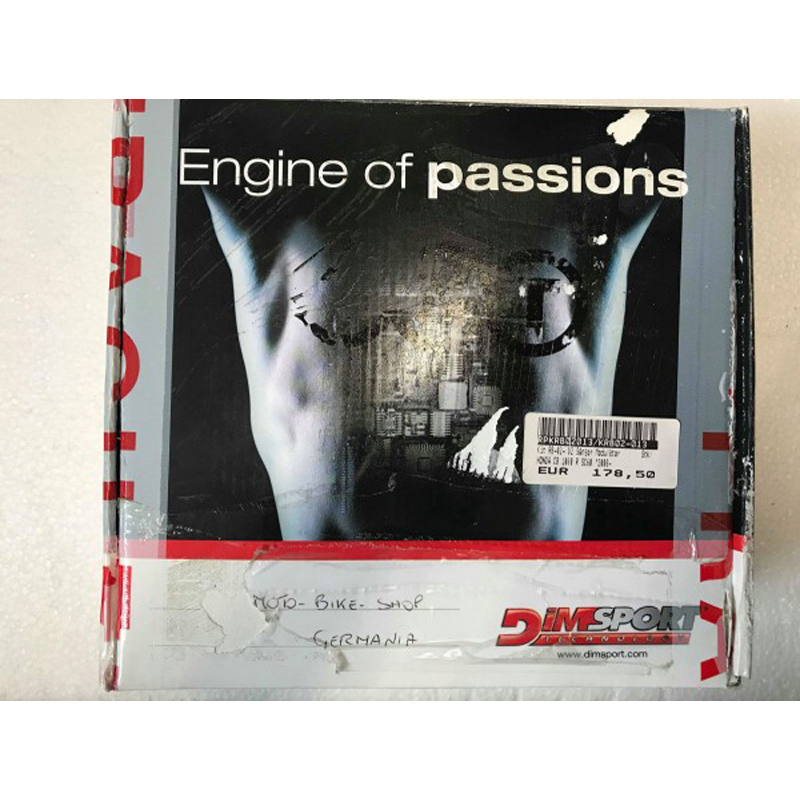

Protection devices have a residual resistance that causes a slight decrease in overall performance due to a resistive voltage drop. CID consists of a top disk (orange) that breaks under pressure and permanently disconnects the current flow. PTC (blue) increases resistance by heat to reduce electrical current. Similar to a nuclear meltdown that cannot be stopped once in progress a Li-ion battery once in disintegration should be allowed to burn out in a safe place with ventilation.įigure 1: Typical safety mechanism of the 18650 cell cap In some cases the top of the cell escapes like a bullet from a shotgun. However, the pressure of a disintegrating cell can be so large that the gases are unable to escape in an orderly way and venting with flame occurs. The last safety device is the vent that releases gas during an anomaly and can be resealed. When the internal pressure increases to about 1,000kPa, the scored top disk (orange) breaks, separates from the metallic foil (brown) and disconnects the current flow.

In Figure 1, the CID operates by pressure. The current interrupt device (CID) is a fuse-type device that cuts off the electrical circuit permanently when triggered by excessive cell pressure, high temperature, or high voltage, depending on design. The PTC is reversible and returns to high conductivity when the temperature normalizes. The resistance of the positive thermal coefficient (PTC) (blue) is low during normal operation and increases when the temperature rises above a critical level to reduce current flow.

Figure 1 illustrates the top of an 18650 cell for Li-ion with built-in safety features. Some fuses open permanently and render the battery useless others are more forgiving and reset. The most basic safety device in a battery is a fuse that opens on high current. The standard came into effect in 2012 to reduce the global risk in transporting, storing and operating batteries. Batteries can release high energies and the safety requirements for nickel- and lithium-based batteries and cells for portable applications are harmonized under IEC 62133.


 0 kommentar(er)
0 kommentar(er)
